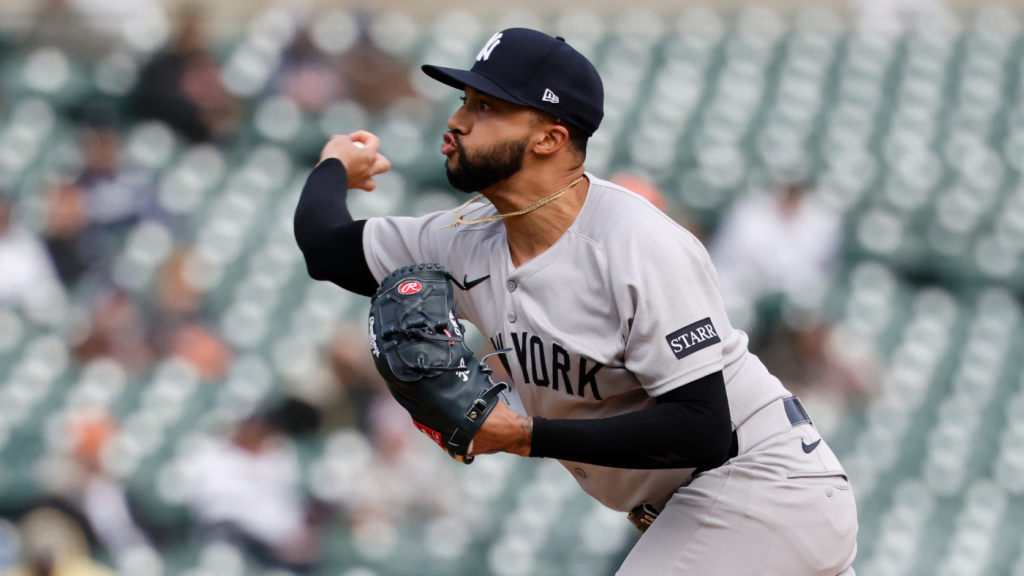Williams allowed four runs in the ninth to the Rays Saturday

New York Yankees closer Devin Williams suffered his third meltdown of the season on Saturday against the Tampa Bay Rays in what served as just his ninth appearance of the year. He faced seven batters, surrendering a walk and four hits as he turned a four-run advantage into a tied game. The Yankees would later lose the game by a 10-8 final in 10 innings (box score).
Williams, 30, was acquired from the Milwaukee Brewers over the offseason to replace Clay Holmes in the ninth inning in a move that sent veteran starter Nestor Cortes and infielder Caleb Durbin to Milwaukee. Although he’s thrown 13 fewer innings than he did last year (stress fractures in his back kept him off the field for most of 2024), he’s already surrendered one more hit and five more earned runs year to year. He’s also nearly issued as many free passes, having walked seven of his first 41 batters, as opposed to 11 of the 88 he saw last season.
Additionally, Williams has now recorded negative Win Probability Added measures on three occasions: April 6, when he allowed a walk-off hit in extra innings; April 9, when he gave up three runs on two hits and two walks (he would be lifted and the Yankees would win); and on Saturday. After the game, he was asked what he thought was going wrong — particularly with his signature “Airbender” changeup, which has returned far worse results than normal.
“Maybe using it too much,” Williams told reporters on Saturday. “We’ll work on that.”
To Williams’ point, he’s upped his changeup usage rate from 45% to 57%. In turn, batters have gained 124 points of batting average; 117 points of slugging percentage; and 26.4 percentage points of contact rate versus the offering. Those marks are, to paraphrase former Yankees skipper Joe Girardi, not what you want.
If there’s good news for the Yankees, it’s that most of Williams’ other underlying data remains strong. His fastball velocity is down by a tick, but the movement and release profiles remain similar to last season. Accordingly, pitch-quality models continue to view both his changeup and his fastball as above-average offerings (with the cambio grading as elite). Meanwhile, his exit velocity continues to be better than the league-average mark.
That isn’t to write Williams has just been unlucky — the walks in particular are concerning. It does, though, suggest that he should be able to course-correct soon enough.









